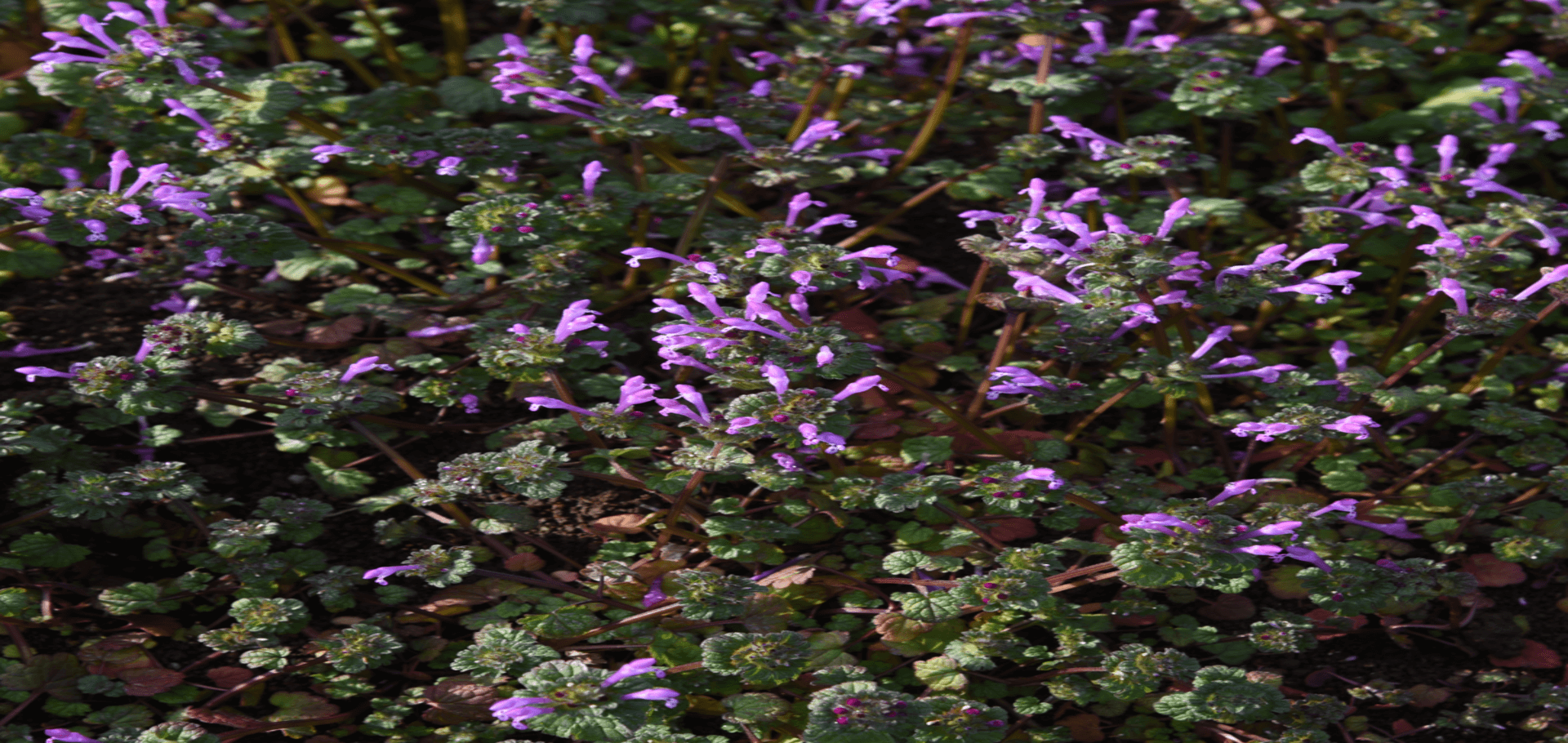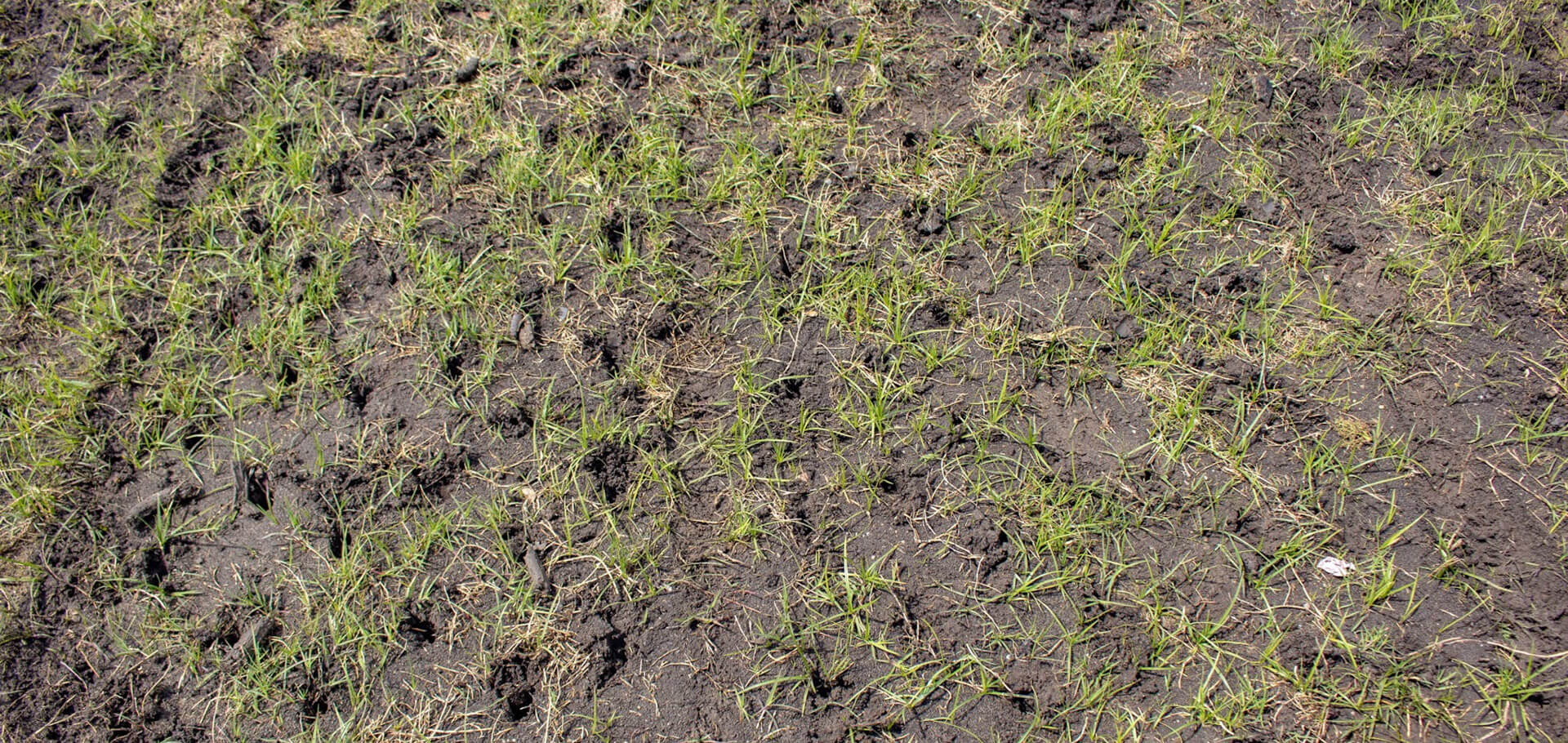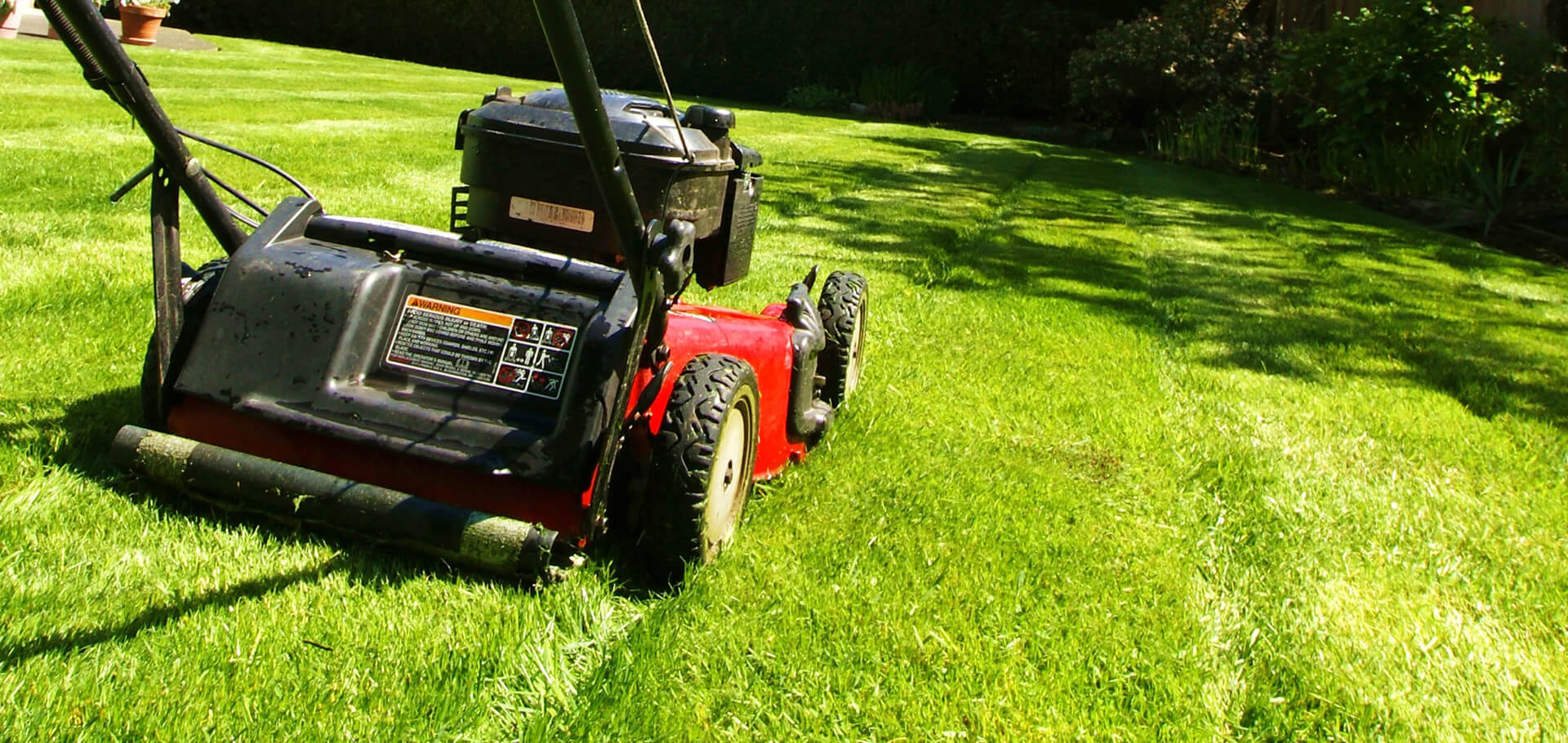As outside temperatures begin to fall, cool weather weeds begin to rise. While this is not the plot of a movie coming to a theater near you, this naturally occurring event could very well come to your lawn soon. The reason has to do with ground temperature and unfortunate timing.
What Is Ground Temperature?
In a previous blog, we talked about the effect ground temperature has on grass. In short, grass goes dormant in late summer / early fall for one of three reasons: drought, shock caused by mowing or chemicals, and ground temperature. Of these reasons, drought and shock can be controlled by homeowners. Ground temperature, on the other hand, is controlled by Mother Nature. Understanding this principle will help homeowners make appropriate adjustments to their lawn mowing schedule.
You see, there are two types of grass, those species that grow in cooler temperatures and those that grow in warmer temperatures. The typical North Texas lawn is composed of either Bermuda, St. Augustine, or Zoysia grass, all of which are warm-weather grass species. When the ground temperature falls below 55º F, the grass will become dormant, characterized by the brown grass and slow growth.
Cool Weather Weeds
Similar to grass, there are cool weather weeds and warm weather weeds. What makes cool weather weeds more unsightly is that you can more clearly see them; they do not blend in with dormant grass. Some of the most common cool weather weeds include chickweed, clover, and henbit. Unlike perennials, annual cool weather weeds germinate in late summer, grow through the cooler months, seed, and then die. It’s often the case that these weeds go undetected until the grass turns brown.
Unfortunately, cool weather weeds are a huge hindrance to a healthy and lush lawn. If not dealt with, these weeds can overrun a lawn and prevent grass from building a robust root system. Compounding the problem, cooler temperatures drastically reduce the effectiveness of most weed-killing chemicals. Prevention, therefore, is the best way to stop cool weather weeds.
Using Pre-Emergent To Stop Cool Weather Weeds
Before cool weather weeds germinate, it is crucial to put down a pre-emergent. This chemical’s purpose is to prevent seeds from growing. Timing is important here. Laying down a pre-emergent too early will be ineffective as the chemical will fade away before the ground temperature triggers the germination process. Laying it down after the seeds have germinated will prove futile as it is a proactive chemical. The best time to lay pre-emergent is before the ground temperature falls below 60º F.
So, what happens if you lay down pre-emergent and you still see weeds in the colder months? First, understand that it is too late to get rid of the current weeds; but, stick to your lawn care game plan. By following a weed control regimen, you will be able to prevent future seeds from germinating.
Whether you are a do-it-yourselfer or a lawn care professional, like Chorbie, it’s important to pay more attention to ground temperatures than air temperatures. We may experience chilly nights, but the air temperature is not what cues grass to go dormant and for weeds to grow. Ground temperature is the tool for timing your lawn care plan and treatments.








